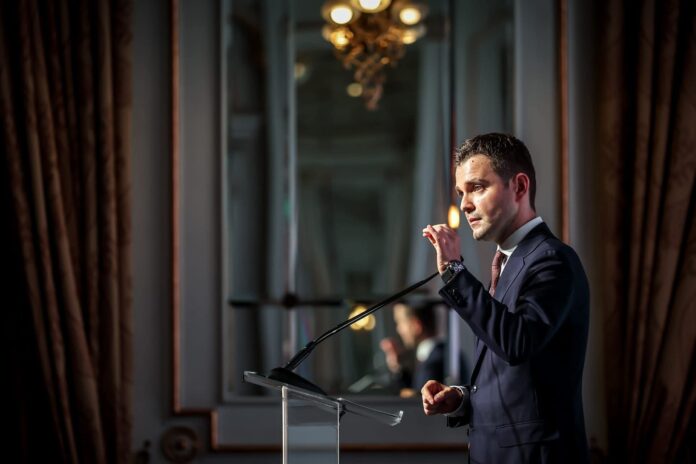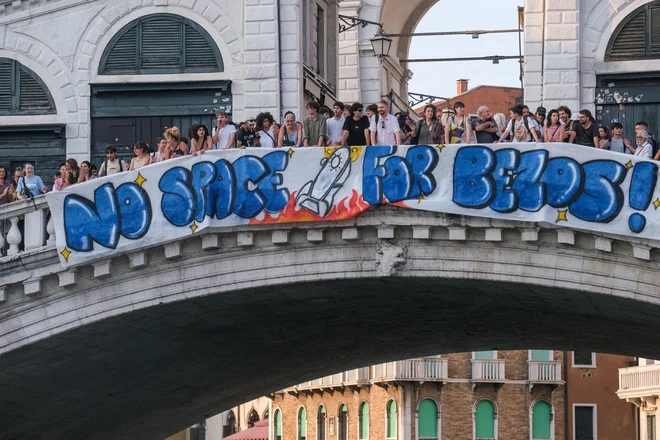The air disaster in India, under investigation, the Boeing 787 engines: « Both out of use immediately after take -off »

Investigators concentrate in the last hours on the two Genx engines while the data are downloaded from the two black boxes. The problems may have already started at the end of the track
Investigators are focusing on the role that the two Air India Boeing 787 engines have had in crash of 12 June last. The suspicion – which awaits a confirmation during the week by the analysis of the two black boxes – is that the Genx engines have stopped working both « almost simultaneously » immediately after taking off. However, the problems may have already started At the end of the run -up on the track When the jet reached a speed where it was no longer possible to stop the maneuver. This is what they explain to Courier Two western sources aware of the latest discussions with the team commissioned by the New Delhi government to shed light on the disaster that caused the death of over 270 people.
The hypotheses on the crash of the Boeing
Experts do not exclude other hypotheses, but the focus on the engines would have arrived after a comparison with GE Aerospacethe company that creates the Genx engine, over three thousand specimens sold in the world and installed both on Boeing 787 Dreamliner both on 747-8. It is not currently clear the reason that the engines could have led to stop working, a scenario, however, defined as « almost impossible » in the hours following the accident. For this reason, at present no explanation is excluded: from the serious mechanical failure al intentional gesturefromhuman error al sabotage passing through a software malfunction that controls them.
The budget
The Boeing 787, with 242 people on board (230 passengers, 10 flight attendants, 2 pilots), took off from Ahmedabad airport, western India, lunchtime, with destination London Gatwick. About thirty seconds after the plane quickly lost altitude and crashed on some buildingshitting the canteen in full for the students of a nearby university hospital. The « Mayday » was launched from the piloting cabin but the pilots would not have time to explain the reason. A passenger saved himselfmanaging to escape from the firearr. The victims, at the moment, are 270 (241 between those who traveled and 29 on the ground), but the budget should rise.
The appearance of the turbine
The analysis of the original version of a video – shot from the terrace of a house with a mobile phone – shows that just before the crash under the Boeing, the « Ram Air Turbine » (Rat) was working. According to the commanders consulted, it is an emergency device that is activated automatically – therefore it is not manageable by the pilots – in the event of a complete loss of electrical power supply and/or hydraulic pressure caused by the loss of the engines. It is a small turbine (properly) that produces a sound different from that of turbofans such as Genx and could confirm the problem to the engines.
The pilot simulations: the different scenarios of the disaster
The Courier He asked a Boeing 787 and 777 commander to try the flight simulator several scenarios that could bring to the crash immediately after take -off. The pilot has inserted the maximum weight of the Air India jet as parameters, the temperature at that time on the track (37 ° C) and flaps with inclination 5. Flaps are the mobile parts placed behind the wings and serve to increase the bearing during take -off. Of the five simulated scenarios – from the flaps retracted to the cart still left down to one of the two engines that stops working – according to the commander only one has led to the impact with the ground: the one in both engines go out.
« Little chance of saving himself »
At that distance from the ground, they confirm the commanders consulted (and not involved in the simulations), for the pilots it may have been almost impossible to manage the situation, even with the emergency engine in operation. The Courier He contacted GE Aerospace and Air India for a comment but did not get any response at the time of the publication of this article. No reply also from the office for investigations on the air accidents (AAIB) of India who has investigated the air disaster from Thursday.
The meetings
Monday 16 June was the day of the meetings at the Air India headquarters, at the gates of New Delhi. Meetings deemed « unusual » by professionals. In a few hours, in fact, the head of the Boeing commercial airline division, Stephanie Pope, and the CEO of GE Aerospace for engines and commercial services, Russell Stokes presented themselves.










